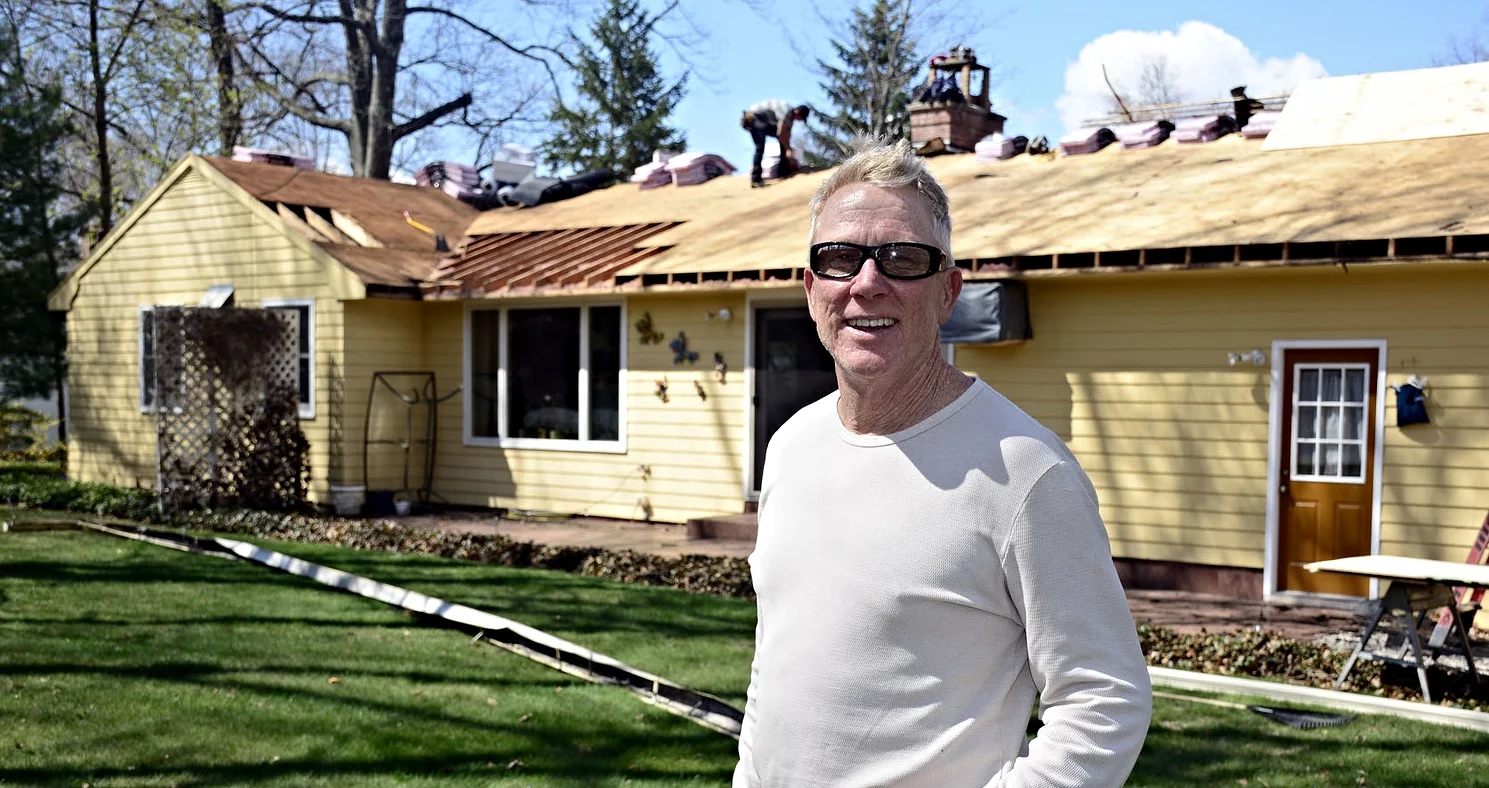Power Washing Done Right
Chelsea O'Donnell
When it comes to giving your home’s exterior a fresh, clean look, few things are as satisfying as a good power wash. Over time, siding, decks, patios, and walkways collect layers of dirt, mildew, pollen, and grime—especially after a long New England winter and a wet spring. Power washing can bring surfaces back to life, but it’s not as simple as pointing and spraying. In fact, using the wrong pressure or technique can cause real damage.
So before you rent a machine or hire someone to tackle the job, here’s what you need to know to do it safely and effectively.
What Exactly Is Power Washing?
Power washing, sometimes called pressure washing, involves using a high-pressure stream of water to clean outdoor surfaces. Some machines use hot water (true “power washers”), while others use cold. Either way, the goal is the same: remove built-up dirt, mold, algae, and stains.
It’s commonly used on vinyl siding, wood decks, fences, concrete walkways, and driveways. Done properly, it can restore surfaces to like-new condition. But when done poorly, it can strip paint, dent siding, damage wood, or even force water behind your walls, causing moisture problems you won’t notice until later.
Why Technique Matters
The biggest mistake homeowners make with power washing is using too much pressure or holding the nozzle too close to the surface. While it might feel like you’re getting a deep clean, what you’re really doing is wearing away layers of your home.
Wood decks, in particular, are easy to damage. Softwoods like pine can splinter if blasted too hard. Vinyl siding can crack or become loose. Even concrete patios can show streaks or etching if the pressure is too high. Window seals, trim, and exterior caulking are all vulnerable to water intrusion if the spray angle is too aggressive.
The key to successful power washing is using the right amount of pressure and keeping a safe distance. Professionals typically start several feet away from the surface and gradually move closer, testing as they go. They also choose the correct spray tip for the job - wider angles for delicate surfaces, narrower ones for tough stains.
When It Works and When It Doesn’t
Power washing works well on most exterior materials - vinyl siding, concrete, brick, and certain types of wood. But it’s not ideal for everything. Asphalt roofing, older masonry with loose mortar, and painted surfaces that aren’t in great condition can be easily damaged. It’s also important to avoid spraying near electrical outlets, light fixtures, or windows.
Some surfaces benefit from using a cleaning solution before washing. Mildew and algae, common in shady areas or near trees, may require a cleaner designed for siding or decks. These help break down organic growth so that the power washer can rinse it away gently.
Know When to Call in a Pro
If your home is two stories tall, has delicate finishes, or hasn’t been cleaned in years, hiring a professional might be the safer option. A reputable company will know how to get the job done without harming your home’s exterior or landscaping. They’ll also have the right equipment for harder-to-reach areas.
Power washing can be a great way to refresh your home’s curb appeal, but it’s not a job to take lightly. With the right tools and a little know-how, you can do it yourself safely. And when in doubt, a professional can help protect your investment.
Bob O’Donnell is the owner of O’Donnell Bros. Inc., a Bristol-based home improvement company established in 1975. Have a question? Email info@odonnellbros.com with the subject line “Ask the Pro.” To contact Bob for your remodeling needs, call O’Donnell Bros. Inc. at (860) 589-5155 or visit http://www.odonnellbros.com. Advice is for guidance only.
